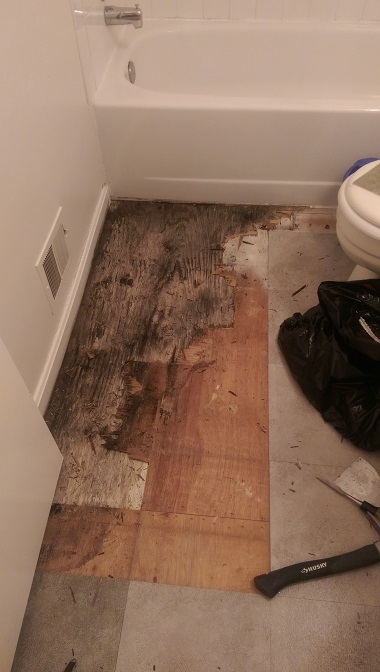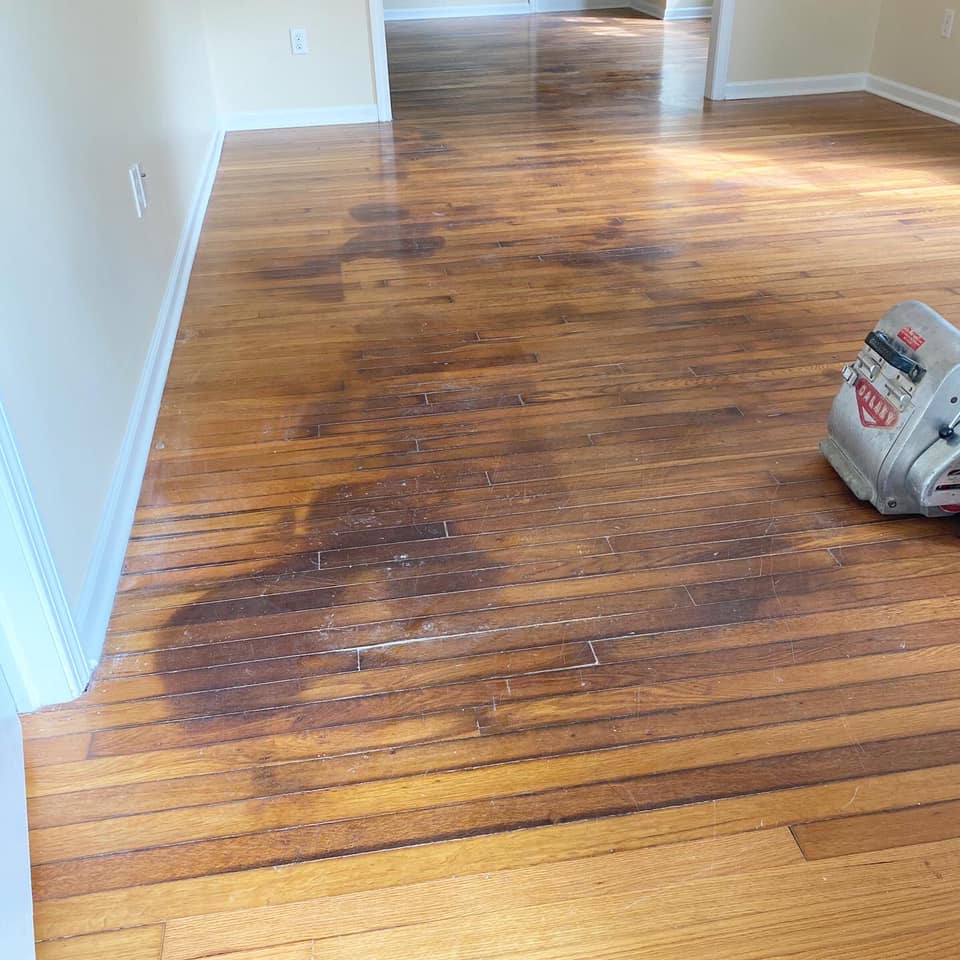Get A Quote
Almost everyone maintains their unique idea with regards to Leaking water lines.

Climate modification as well as global warming have actually made their mark not simply on nations but likewise areas. The once safe areas have actually experienced more flooding and groundwater intrusion compared to current years. For numerous homeowners, groundwater breach is currently a headache as it appears the surface area.
Understanding the indications is always a secret for prevention and also mitigating water damages and also groundwater breach. Groundwater breach is one of the worst damages to your home. To prevent groundwater instruction, regular inspection of leaks in your home and check if your basement is wet. A wet basement implies that groundwater is being available in from below your house or close by.
Since it triggers mold and mold development, increasing groundwater is a persistent problem. It additionally adds to wood rot, which even more results in structural issues. Moreover, a raised quantity of groundwater makes your house more vulnerable to flooding. You can still avoid groundwater from damaging your precious house. Here's just how!
Water-proof your Basement
Waterproof your basement currently as well as don't wait prior to it's too late. If you're in an area susceptible to flooding, this action ought to be a need to specifically. Waterproofing needs to be done before the view of a flood shows up. If you don't rush, the groundwater can barge in with rain as well as flooding.
To water resistant your cellar, fill the cellar with more concrete to stop any kind of groundwater issues. You require to remove and prep the area all the products saved in that area. This task should be a concern and also is the best long-lasting remedy to the problem. Setting up concrete and also using waterproofing measures seals your basement as well as secures it from water breach.
Think About Installing a French Drain System
A French drainpipe system comes with polypropylene tubes. The benefit of this system is it safeguards your house from extra issues as it avoids the water from leaking into your foundation.
Even more, this system stops your floors from water flooding. Installing this system safeguards your foundation. You won't need to be afraid crucial repair services related to m water damage. The system is very easy to mount - you quickly change this type and fit of system anytime.
Buy A Number Of Sump Pumps
The pump's primary objective is rerouting the water from inflowing your house. This device can shield your home from climbing groundwater. A sump pump will use a layer of protection if you feel nervous concerning groundwater seeping into your basement.
Mount these pumps (and several of them) in your cellar or crawlspace. When installing, ensure that the tubes is placed into a drainpipe or out onto the street.
Raise the Residential Property Completely
Raising the foundations of your home completely is a veteran and also effective service to quit inbound groundwater. It is the most pricey option. The overall procedure entails creating a new, higher foundation to elevate the residence above the flood zone. This step will likewise boost your house's residential or commercial property worth as well as aid in marketing your residence eventually.
Using these suggestions will aid protect your residence and also properties versus water damages. However if you attempted all of these pointers and also still obtained water damages, it's finest to contact the professionals. Call a water repair business immediately to aid you get back on the right track.
The as soon as safe areas have experienced extra flooding and groundwater breach compared to recent years. Recognizing the indicators is always a key for prevention and mitigating water damages as well as groundwater intrusion. Groundwater intrusion is one of the worst problems to your house. To prevent groundwater guideline, routine assessment of leaks in your residence as well as check if your cellar is wet. To water-proof your basement, load the cellar with more concrete to stop any type of groundwater issues.
How to Restore Hardwood Flooring After Water Damage
How to repair hardwood floor water damage
Wear protective gear such as gloves, rubber boots, and a mask.
Stop the flow of water if the flooding occurred due to a burst pipe, washing machine failure or water heater failure.
Turn off the power to the affected room until the water has been removed.
Assess the damages before you begin the restoration to determine whether to clean up or replace the floor. Take photos, list damaged items, and show them to your insurance company.
Remove any items (carpet, furniture, etc.) from the floor and take them to a dry area.
Open windows and doors to allow moisture to evaporate more quickly.
Start removing the excess water with a wet/dry vacuum cleaner or with mops and old cloth. If the water level is deep, use a pump to drain the water. Ask someone to help so you can finish the task faster and avoid further damage.
Use dehumidifiers, heaters, and fans to speed up the drying process. Place them on top of an elevated surface in the flooded area and close the windows. Direct the fans towards the floor s surface.
Clean any debris and mud from the floor with a non-abrasive brush and detergent while the heaters, fans, and dehumidifiers are running. Rinse the floor with clean water and continue to dry the floor.Determining the type of flooring and installation
Inspection is always crucial when starting to repair hardwood floor water damage. Hardwood flooring comes in a variety of species, such as oak, pine, maple, and cherry. More and more exotic species are being used in flooring. Every type poses different challenges in the drying process because of the varying levels of moisture absorption.
There are also varieties of flooring that look like wood but are not. These floors will sometimes have a laminate on the surface and a particle board substructure. When moisture seeps beneath these floors, drying is nearly impossible. The inability to dry these surfaces is due to moisture being trapped under the laminate, which acts as a vapor barrier. For more help, call a PuroClean water damage restoration professional to help you evaluate your flooring s type and condition.
Professionals will also assess the initial installation method of the hardwood flooring. Original installation may be nailed, glued or installed in a floating method.
When nailed floors have suffered from water damage, the nails may lift.
If the floor has been glued onto the substrate, the moisture may release the glue.
In the case of a floating type floor, it may not be true wood and may be a laminated product. Tongue and groove hardwood flooring may cup after absorbing moisture.Drying the hardwood floor (patience is key)
Once the technicians determine the wood floor type and installation method, drying can begin. Using surface and/or subsurface drying methods and proper dehumidification, technicians can force airflow beneath the surface of the floor (in a positive or negative manner) to remove this moisture. It may also be necessary to access the floor from below for faster drying.
Effective drying of a hardwood floor is a slow process. It will sometimes take seven to 10 days for the floor to release enough water to halt the forced drying process. Removing all the absorbed water from the floor is expensive and nature must be allowed to assist in the process.
The hardwood drying continues until the wood s moisture levels reach four percent of the floor s dry standard. At this point, nature will remove the remaining water, although slowly anywhere from three to six months. Education in this process is crucial for a successful job. Let the restorations professionals of PuroClean help you dry your hardwood flooring properly.
Repairing the finish
Once the hardwood floor is dry, there may still be damage to the floor finish. Finishes, such as waxes and polyurethane, may inhibit the evaporation of the absorbed moisture. They will sometimes have to be removed in the drying process to allow for moisture removal.
If the hardwood floor cups slightly, the finish may check and crack due to the movement of the wood product. This is a normal part of the drying process. Once the floor is completely dry, the floor can be refinished.
Hardwood floor drying is a specialty. PuroClean restoration professionals have the knowledge to properly evaluate the many types of floors and have specialized equipment to repair hardwood floor water damage.
https://www.puroclean.com/blog/what-should-i-consider-after-a-wood-floor-is-flooded/

As a passionate person who reads on Leaking water lines, I think sharing that portion was beneficial. Do you know about another individual who is fascinated by the niche? Please feel free to share it. Thanks a bunch for your time. Please stop by our blog back soon.
Urgent plumbing? Call.